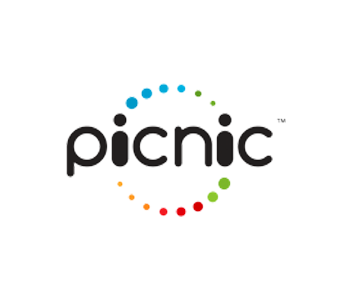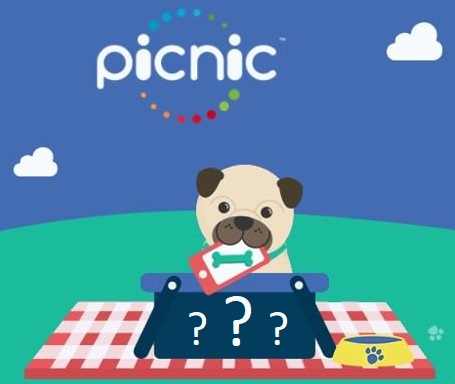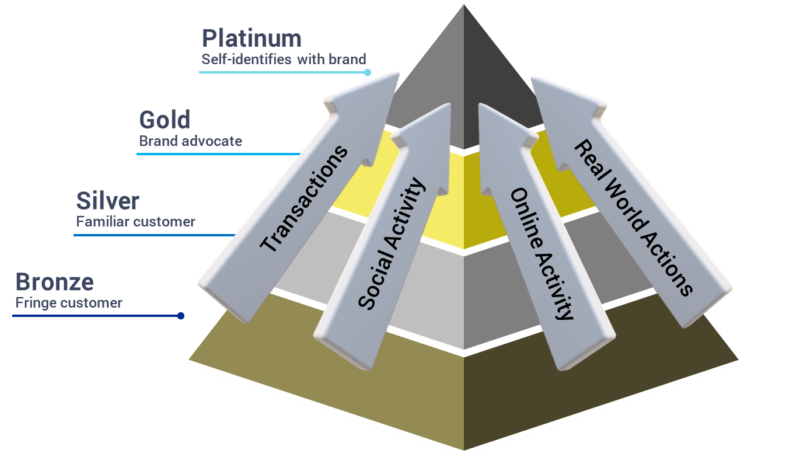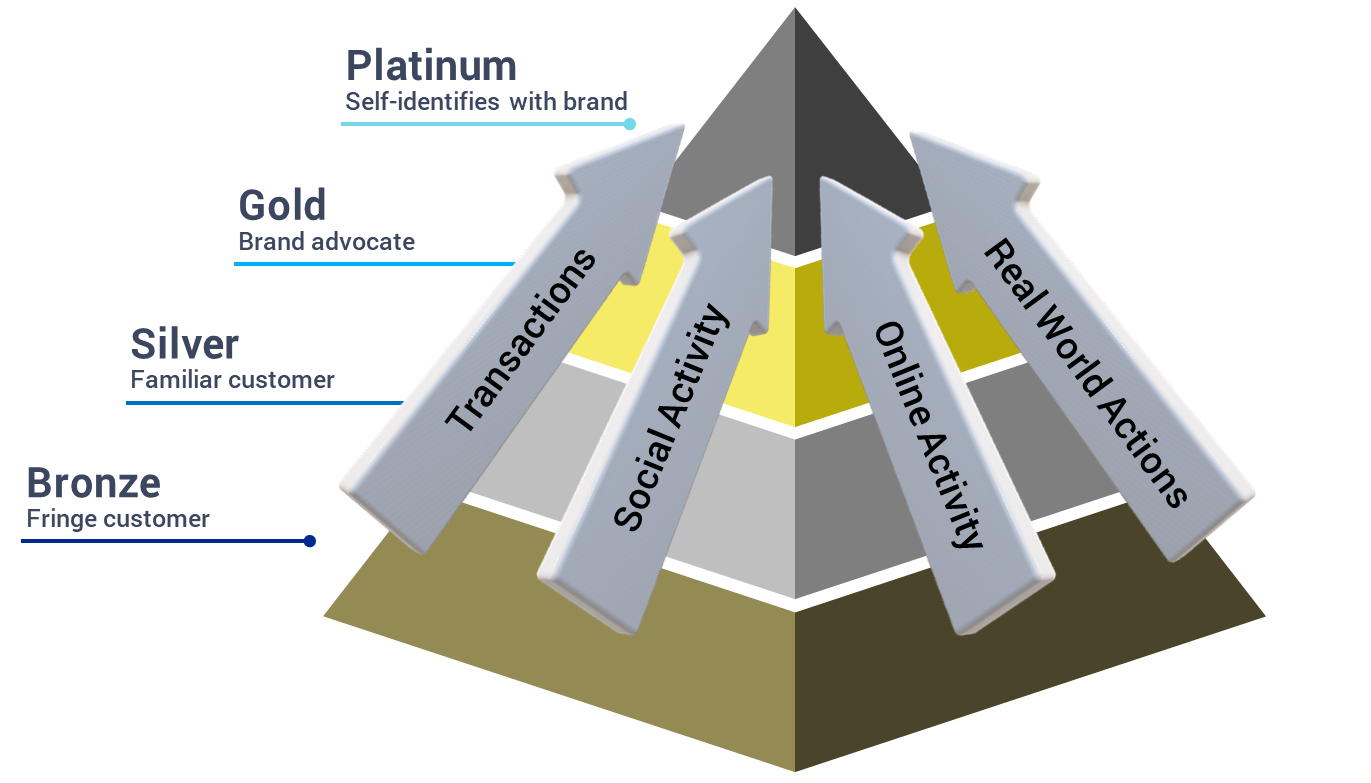Building Bonds: The Future of Family-Focused Loyalty Programs
jodithepug
Posted on March 21, 2024 - 0 Comments

by Steve Bocska
The children’s toy industry, home to iconic brands such as Hot Wheels, Barbie, LEGO, and Fisher-Price, has occasionally dabbled with the concept of loyalty programs to engage their youngest customers. However, traditional models often focus solely on the child, missing crucial opportunities for deeper family engagement. In an era where brands like Hasbro, Play-Doh, and Mattel strive to create meaningful connections, a shift towards a family-centric loyalty program could redefine the landscape of consumer engagement.
Current loyalty programs within the toy industry often sideline an important demographic: the family. While a child might revel in earning points towards a new Hot Wheels car or a LEGO set, parents, the key decision-makers and purchasers, remain on the periphery of these interactions. This disconnect can lead to a lack of enthusiasm for participation and oversight, reducing the overall effectiveness of such programs. But a new model has appeared on the distant horizon, one focusing on inclusive activities that encourage parent-child collaboration. This approach is designed to maximize participation, enhance educational value, and provide incentives that resonate with both children and their parents.
Imagine a loyalty program where earning the next Barbie accessory or a coveted Play-Doh set requires a joint effort. Tasks could range from creative projects that combine Fisher-Price toys with storytelling to family challenges that involve designing the ultimate Hot Wheels track. Such activities would not only encourage spending quality time together but also make the pursuit of rewards a shared adventure. Integrating educational content into loyalty programs can also significantly increase their value in the eyes of parents. For example, LEGO could offer challenges that teach basic engineering principles, while Mattel’s Barbie brand could focus on activities that promote career exploration and positive role models. By ensuring these activities cater to both parents and children, brands can bolster the perceived value of their loyalty programs.
Recognizing the varied lifestyles of modern families, this new model would offer different levels of engagement. Whether a family prefers the tactile creativity of Play-Doh or the digital adventures offered by LEGO’s online platforms, the loyalty program would provide options to accommodate everyone. This inclusivity ensures that every family, regardless of their preferred modes of play or available time, can find value and enjoyment.
This revamped approach to loyalty programs stands to offer multiple benefits:
Enhanced Parental Involvement: By actively involving parents in the loyalty program’s activities, brands like Hasbro and Fisher-Price can ensure a safer and more enriching experience for children.
Increased Engagement and Loyalty: When families see direct benefits and enjoy shared experiences, their connection to the brand deepens, leading to increased loyalty and word-of-mouth promotion.
Educational Value: Integrating educational elements aligns with parents’ desires for meaningful and developmental play, making brands like LEGO and Mattel more appealing and relevant.
The evolution of loyalty programs in the children’s toy industry towards a family-centric model represents a significant opportunity for brands to strengthen their relationships with consumers. By designing programs that encourage parent-child collaboration, offer educational value, and respect diverse family dynamics, companies like Hot Wheels, Barbie, Hasbro, and Fisher-Price can redefine what it means to engage with their audience. This approach not only enhances the effectiveness of loyalty programs but also contributes to the creation of lasting family memories, solidifying brand loyalty for generations to come.
Keep Reading...

World of PUG Blog April 3, 2024
PUG Announces Launch of AI-Driven Intelligent Rewards System (IRS)
by Steve BocskaPress ReleaseFOR IMMEDIATE RELEASEPUG Interactive Launches Intelligent Rewards

World of PUG Blog April 3, 2024
PUG Interactive Unveils InsightPulse: A Revolutionary Predictive AI Analytics Dashboard
by Steve BocskaPress ReleaseFOR IMMEDIATE RELEASEPUG Interactive Unveils InsightPulse: A

World of PUG Blog March 5, 2024
The PUG Customer Pyramid
by Steve BocskaThe Customer Pyramid model, popularized by Zeithaml, Rust,

